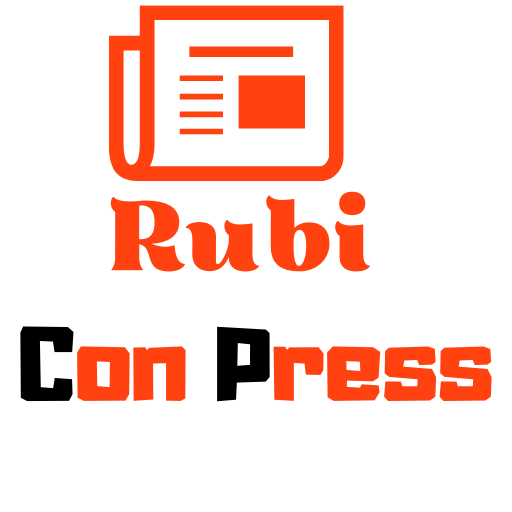But do they use this information to information their interactions with the learner? If the teacher in the previous instance had been requested to instruct the child she considered in the video, she may level out the 2 7’s and counsel that the child cancel the like addends and then group and add the remaining numbers. In this fashion, the teacher could be tailoring her instruction to the child’s knowledge state, and instruction that is focused to a child’s knowledge state might be notably useful in selling studying within the baby. In all of those domains, people sometimes express information in gesture that they don’t categorical within the accompanying speech.
Many audio system are more nervous about physical supply than vocal delivery. Putting our our bodies on the line in front of an audience usually makes us really feel extra vulnerable than putting our voice out there. Yet most audiences are not as fixated on our physical delivery as we think they are.
Church RB, Goldin-Meadow S. The mismatch between gesture and speech as an index of transitional information. Capirci O, Iverson JM, Pizzuto E, Volterra V. Communicative gestures in the course of the transition to two-word speech. Alibali MW, Kita S. Gesture highlights perceptually current info for audio system. Interestingly, the segmentation and combination that characterizes established languages, signed or spoken, is also found in newly emerging signal languages, as we’ll see in the subsequent section. Having shown that gesture is an integral a part of communication, we end with a dialogue of how gesture could be put to good use––how it may be harnessed for prognosis and intervention in the clinic and for evaluation and instruction within the classroom.
Keeping one’s eyes glued to the script precludes eye contact with the viewers. For this sort of “straight” manuscript speech to hold audience consideration, the audience must be already fascinated within the message earlier than the delivery begins. An efficient informative speaker should keep away from persuasion by reviewing the language used in the specific purpose and thesis statements, using goal supporting material, and showing trustworthy to the audience. Audience members are more doubtless to stay engaged with a speaker they view as credible.
When gestures categorical data that is redundant with speech, they contribute to successful comprehension (Goldin-Meadow et al 1999, McNeil et al 2000). Under odd circumstances, listeners comprehend speech with ease. However, if speech is difficult to comprehend, either because it is unclear, ambiguous, or troublesome relative to the listeners’ skills, gesture can present a second channel that makes successful comprehension more doubtless. Whether or not we gesture is also influenced by the ease with which we are in a position to access words, as proposed in Krauss’ Lexical Gesture Process Model. According to this concept, gestures cross-modally prime lexical objects, growing their activation and making them simpler to entry. For instance, if a speaker produces a circular gesture as he begins to say, “The ball rolled down the hill”, the gesture will enhance activation of the lexical item “roll”, making it simpler for the speaker to entry that word.
Second, vocal delivery helps make sure that our concepts are communicated clearly. We have all had the displeasure of listening to an unengaging speaker. Even although the individual may ad vanish pro care about his or her subject, an unengaging delivery that doesn’t talk enthusiasm will translate into an absence of interest for many audience members.
Other research has sought to instruct teachers about the method to effectively use gesture . The gestures that deaf children in these circumstances develop are referred to as homesigns. Interestingly, homesigns are characterized by segmentation and combination, as well as many different properties found in pure languages (Goldin-Meadow 2003b). For instance, homesigners’ gestures kind a lexicon, and these lexical objects are composed of morphemes and thus type a system on the word degree (Goldin-Meadow et al 2007b).
Next, the speaker elaborates on the main points of the data just conveyed, while avoiding a stage of complexity and detail that may confuse the audience. Finally, the speaker attracts together the facts and ideas related earlier, ideally recapitulating the details in order to fix them in the listener’s memory. In a typical class, your audience is likely to include twenty to thirty listeners. This audience dimension gives you the latitude to be relatively informal throughout the bounds of good judgment.
